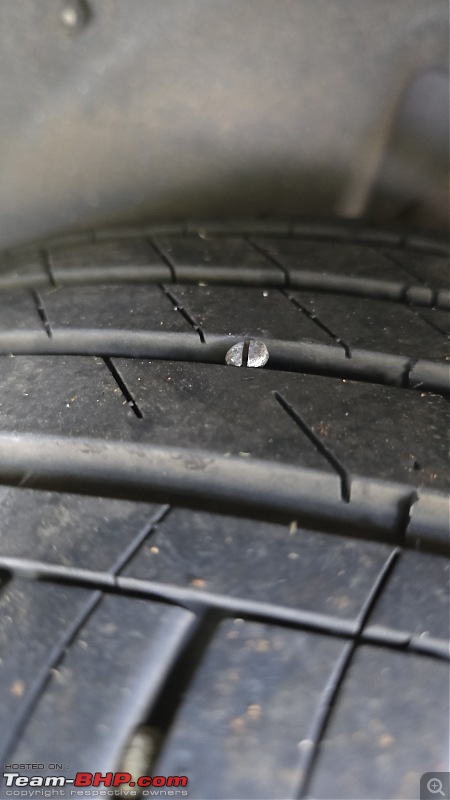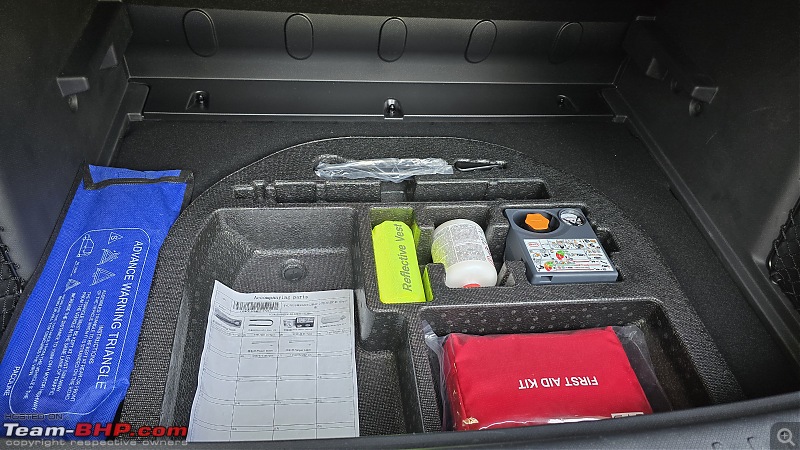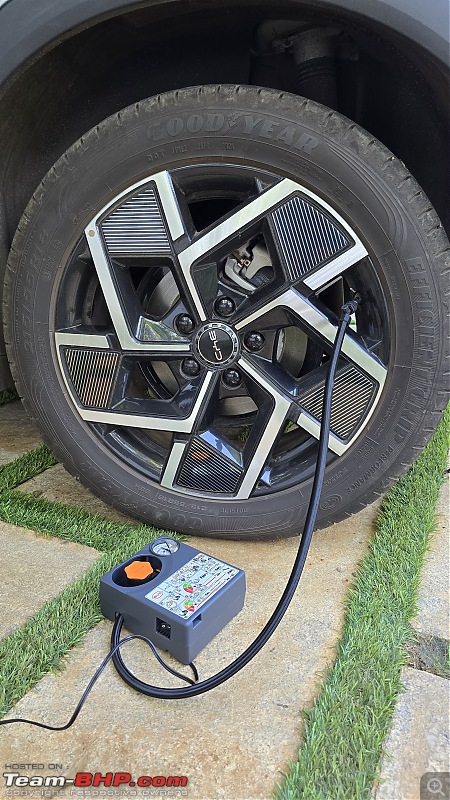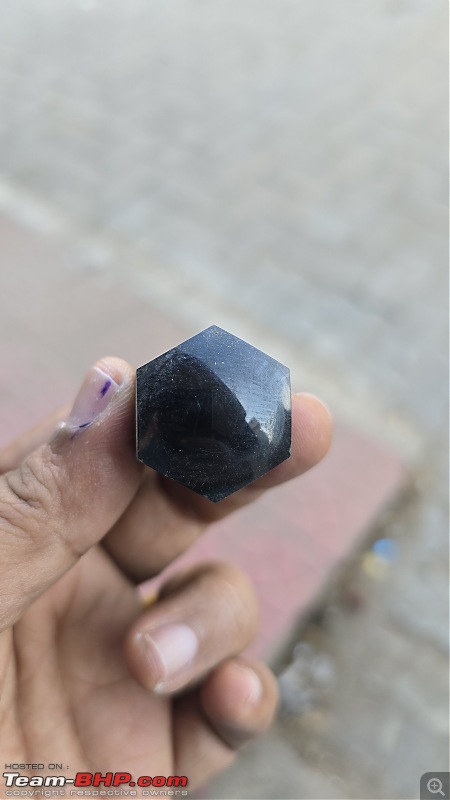| | #1 |
| BHPian Join Date: Jul 2021 Location: Kottayam,Kerala
Posts: 152
Thanked: 989 Times
| |
| |  (35)
Thanks (35)
Thanks
|
| |
| | #2 |
| BHPian Join Date: Aug 2006 Location: Bangalore
Posts: 64
Thanked: 51 Times
| |
| |  (34)
Thanks (34)
Thanks
|
| | #3 |
| Senior - BHPian | |
| |  (4)
Thanks (4)
Thanks
|
| | #4 |
| BHPian Join Date: Sep 2017 Location: Pune
Posts: 111
Thanked: 224 Times
| |
| |  (9)
Thanks (9)
Thanks
|
| | #5 |
| BHPian Join Date: Dec 2024 Location: Bangalore
Posts: 69
Thanked: 134 Times
| |
| |  (3)
Thanks (3)
Thanks
|
| | #6 |
| Senior - BHPian | |
| |  (15)
Thanks (15)
Thanks
|
| | #7 |
| Senior - BHPian Join Date: Dec 2007 Location: Mysore
Posts: 3,461
Thanked: 5,502 Times
| |
| |  (2)
Thanks (2)
Thanks
|
| | #8 |
| BHPian Join Date: Aug 2014 Location: Mumbai
Posts: 290
Thanked: 651 Times
| |
| |  (2)
Thanks (2)
Thanks
|
| | #9 |
| BHPian Join Date: May 2023 Location: Riyadh
Posts: 656
Thanked: 4,726 Times
| |
| |  (4)
Thanks (4)
Thanks
|
| | #10 |
| Newbie Join Date: Aug 2023 Location: Kolkata
Posts: 12
Thanked: 36 Times
| |
| |  (3)
Thanks (3)
Thanks
|
| | #11 |
| BHPian Join Date: Jan 2023 Location: Bengaluru
Posts: 167
Thanked: 369 Times
| |
| |  (3)
Thanks (3)
Thanks
|
| |
| | #12 |
| Distinguished - BHPian  | |
| |  (6)
Thanks (6)
Thanks
|
| | #13 |
| BHPian | |
| |  (2)
Thanks (2)
Thanks
|
| | #14 |
| Team-BHP Support  Join Date: Jul 2010 Location: Bangalore
Posts: 6,764
Thanked: 28,147 Times
| |
| |  (1)
Thanks (1)
Thanks
|
| | #15 |
| BHPian Join Date: Dec 2020 Location: Bangalore
Posts: 267
Thanked: 337 Times
| |
| |
 |
Most Viewed

















